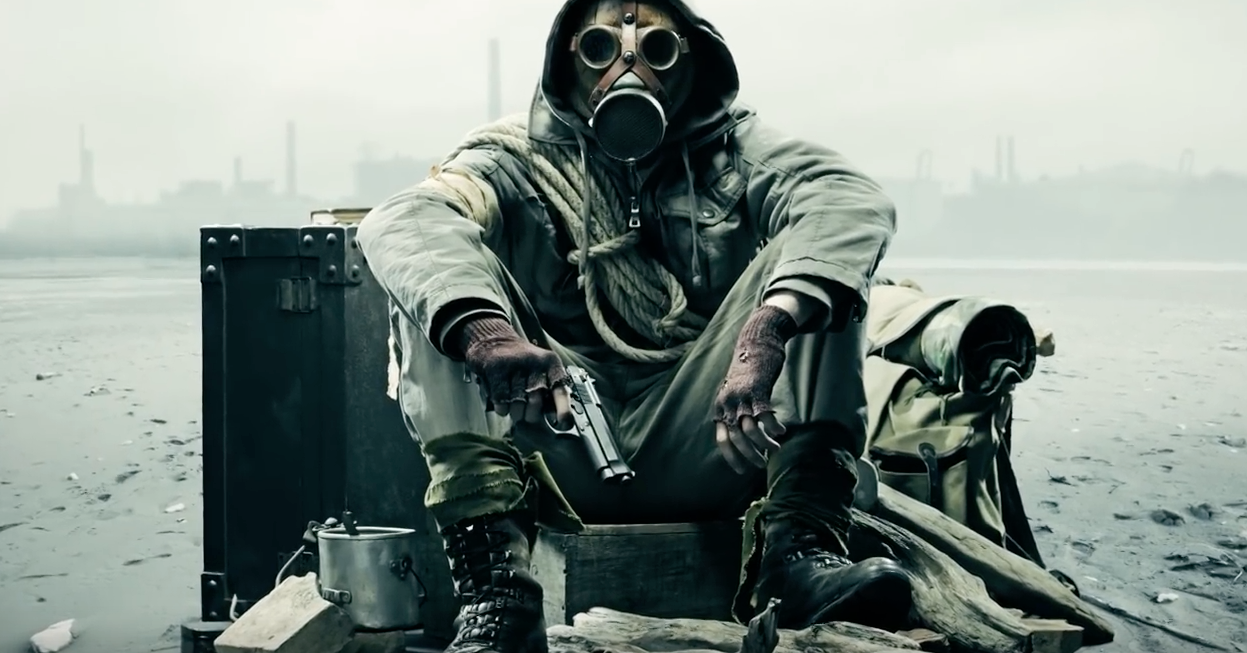Surviving the worst chemical catastrophes: Introduction to the different kinds of agents used in war
07/04/2018 / By Frances Bloomfield

It’s a terrifying thought, but the fact is that the threat of chemical weapons is a very real one. It’s been this way since they were first used in World War I. It’s just that now, more than ever, we’re at a high risk of being thrust into chemical warfare. Those of us with a good head on our shoulders would use this time to prepare for this grim possibility. But before we go through the motions of preparation, we should first understand what we’re dealing with. (h/t to ThePrepperJournal.com.)
What is a chemical weapon?
A chemical weapon is basically specialized munition containing chemical agents meant to cause harm or death. These chemical agents can be solid, gaseous, or liquid in form. The effects of these agents can either occur instantaneously or over the passage of time, and can be short-lived or permanent. Chemical weapons are classified as weapons of mass destruction, which are weapons that can kill a large number of humans, as well as significantly damage natural or man-made structures.
What are the different kinds of chemical warfare agents?
There are various types of chemical agents that are divided according to their effects, the most common being:
- Blister agents: Also known as vessicants, blister agents are chemicals that can cause pain and irritation to the skin, eyes, and mucus membranes (if inhaled). The symptoms associated with blister agents can either manifest straight away or after several hours, and tend to include skin redness followed by water blisters, a hacking cough, and tearing or itching of the eyes. Blister agents can fall into the following groups:
- Lewisite: Originally developed for use in World War I, lewisite is a geranium-smelling chemical that contains arsenic.
- Nitrogen mustard: This is a blister agent based on nitrogen.
- Sulfur mustard: This is a sulfur-based blister agent. Both sulfur mustard and nitrogen mustard have a mustard-like odor, hence the name. (Related: U.S. military dumped millions of pounds of mustard gas, explosives into the Gulf of Mexico.)
- Blood agents: These are fast-acting and potentially lethal chemical agents that affect the body by attacking the circulatory system. Blood agents are inhaled or ingested, and their impact is immediate. People who’ve been poisoned by blood agents will experience headaches, convulsions, loss of consciousness, and cessation of breath. Hydrogen cyanide and arsines are both categorized as blood agents.
- Choking agents: Sometimes called pulmonary agents, choking agents are designed to interfere with breathing by causing fluid buildup in the lungs. Exposure to choking agents can result in shortness of breath, pulmonary edema, coughing, and frothy secretions. Dermal contact can lead to deep burns. Some examples of choking agents include chloropicrin, phosgene, and chlorine.
- Harassing agents: Rather killing or injuring, harassing agents are used to temporarily immobilize targets by overwhelming the senses. The most frequently used harassing agents are:
- Tear agents: Most often referred to as tear gas, tear agents work by irritating the eyes and mucus membranes.
- Vomiting agents: By irritating the mucus membranes, vomiting agents eventually lead to nausea. Adamsite and diphenychloroarsine are considered vomiting agents.
- Incapacitating agents: Along with harassing agents, incapacitating agents are non-lethal chemical weapons. As such, their effects typically disappear within 24 hours even without medical assistance. Unlike harassing agents, incapacitating agents are most often used to induce hallucinations or delirium.
- Nerve agents: By blocking impulses across nerve cells, communication throughout the nervous system is disrupted. This can lead to seizures, loss of body control, and paralysis of numerous muscles, the heart included. Lethal doses of nerve agents can kill in as little as five minutes. There are two main groups of nerve agents:
- G-series agents: So named because they were first synthesized by German scientists. G-series agents are non-persistent chemicals that only linger in the environment for short periods of time. Tabun and sarin are such agents, while soman and cyclosarin can persist for much longer.
- V-series agents: Developed by British chemists, V-series agents are highly potent and can remain in the environment. These chemicals are so powerful that only a few milligrams are needed to bring about death.
- Nettle agents: These chemicals produce painful skin wheals, which are red, elevated, and swollen patches of skin. Nettle agents like phosgene oxime are sometimes grouped under blister agents. However, they aren’t always thought of as true blister agents due to not causing the formation of blisters.
Sponsored solution from the Health Ranger Store: The Big Berkey water filter removes almost 100% of all contaminants using only the power of gravity (no electricity needed, works completely off-grid). Widely consider the ultimate "survival" water filter, the Big Berkey is made of stainless steel and has been laboratory verified for high-efficiency removal of heavy metals by CWC Labs, with tests personally conducted by Mike Adams. Explore more here.
Want to know how to protect yourself against these various chemical agents? Then visit Preparedness.news, your top source for making it through the worst the world has to throw at you.
Sources include:
Tagged Under: chemical agents, chemical warfare, chemical weapons, chemicals, disaster preparedness, preparedness, survival




















